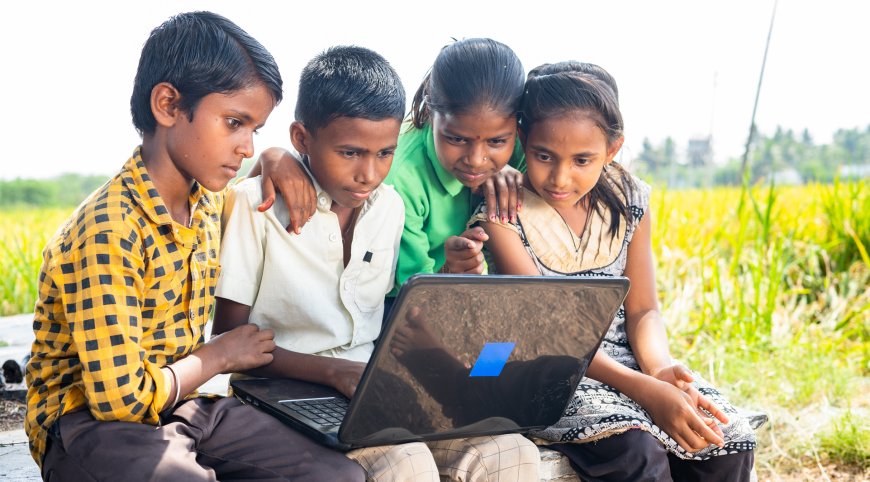How Technology is Improving Education in Rural India
Discover how technology is transforming education in rural India, bridging gaps, empowering teachers, and providing students with quality learning opportunities.

In India, education has long been a challenge in rural areas due to limited resources, infrastructure, and access to quality teaching. However, technology is now paving the way for a brighter future by addressing these gaps. From online classes to digital learning tools, rural students are being introduced to new ways of learning that were once unimaginable. Here’s how technology is transforming education in India’s villages and small towns.
1. Access to Quality Education through Online Platforms
Online platforms like BYJU’S and Diksha are bringing quality education to rural students, offering interactive lessons and videos in regional languages.
2. Digital Classrooms in Remote Areas
With initiatives like smart classrooms and digital boards, rural schools are now equipped with modern teaching tools, making lessons more engaging and effective.
3. Low-Cost Internet and Mobile Devices
Affordable smartphones and cheaper internet services have allowed rural students to access educational content anytime, bridging the accessibility gap.
4. Empowering Teachers with Technology
Training programs for rural teachers in digital tools have enhanced their ability to teach effectively, even in remote locations.
5. E-Libraries for Access to Books
Digital libraries provide rural students with a vast collection of books and study materials, breaking the barrier of physical libraries' scarcity.
6. Interactive Learning through Educational Apps
Apps like Toppr and Vedantu allow rural students to learn subjects through quizzes, videos, and live sessions, making education interactive and fun.
7. Focus on Digital Literacy
Government and NGO-led programs are emphasizing digital literacy, ensuring students and teachers in rural areas are comfortable using technology.
8. Bridge Courses for Dropouts
Digital learning platforms offer bridge courses that help rural students catch up on missed lessons, encouraging them to return to school.
9. Government Initiatives Driving Change
Projects like PM eVidya and BharatNet aim to provide free digital education resources and internet connectivity to rural schools.
10. The Role of Community Learning Centers
Community centers equipped with computers and internet are helping rural students and adults access educational resources in a collaborative environment.
Conclusion
Technology is not just transforming education in rural India; it’s opening doors to a future of opportunities. By making learning accessible, affordable, and engaging, digital tools are bridging the gap between rural and urban education. With continued efforts from the government, private sector, and NGOs, the dream of equitable education for all is becoming a reality. Rural India is stepping into the digital age, one classroom at a time.




























